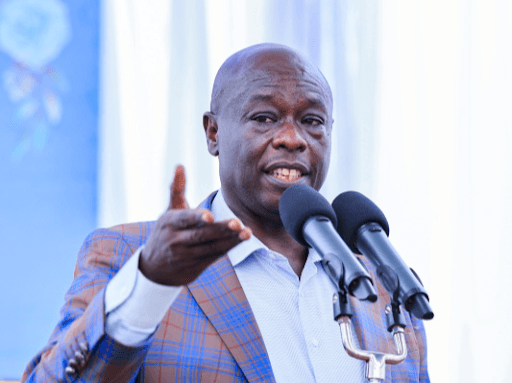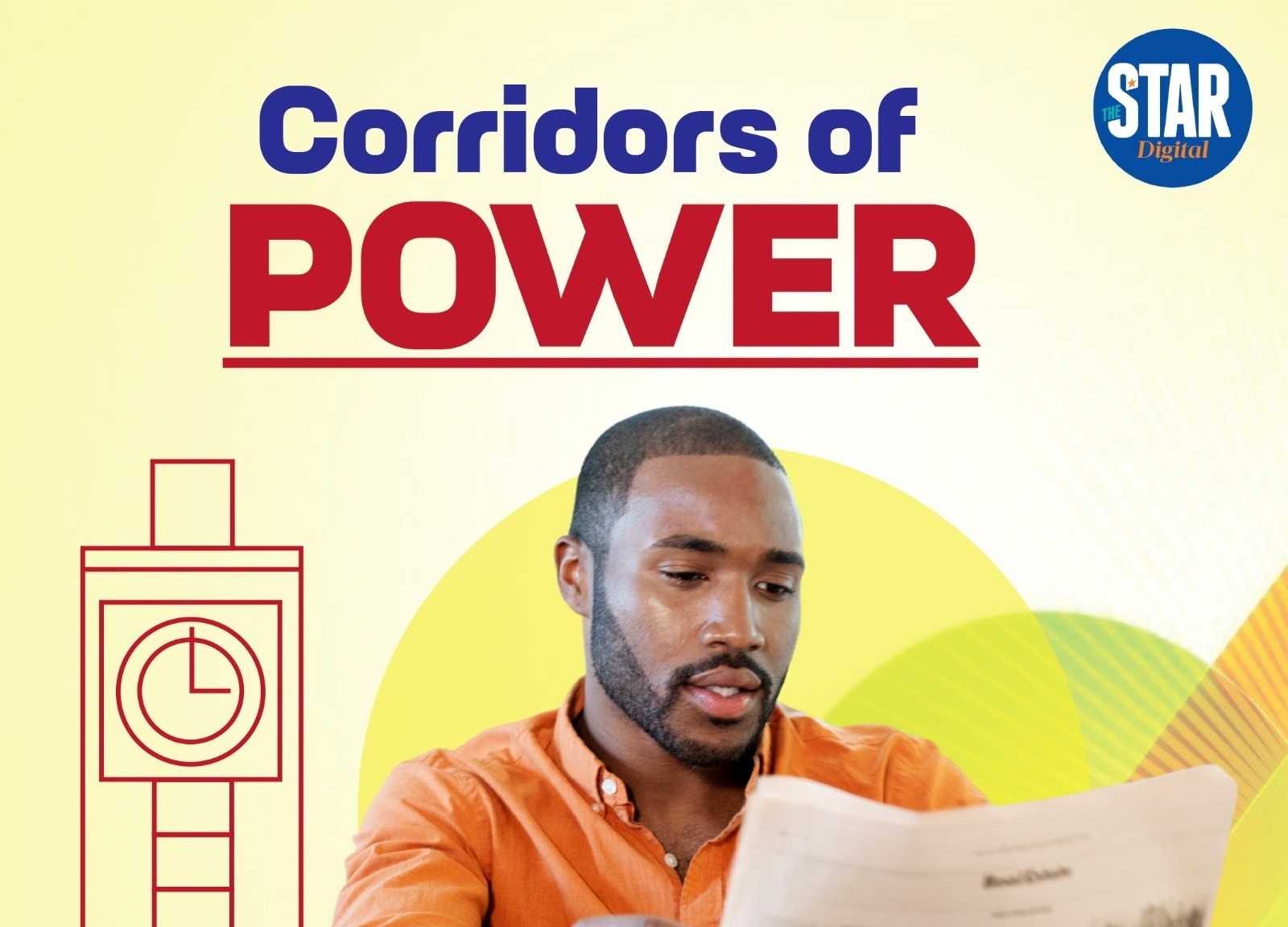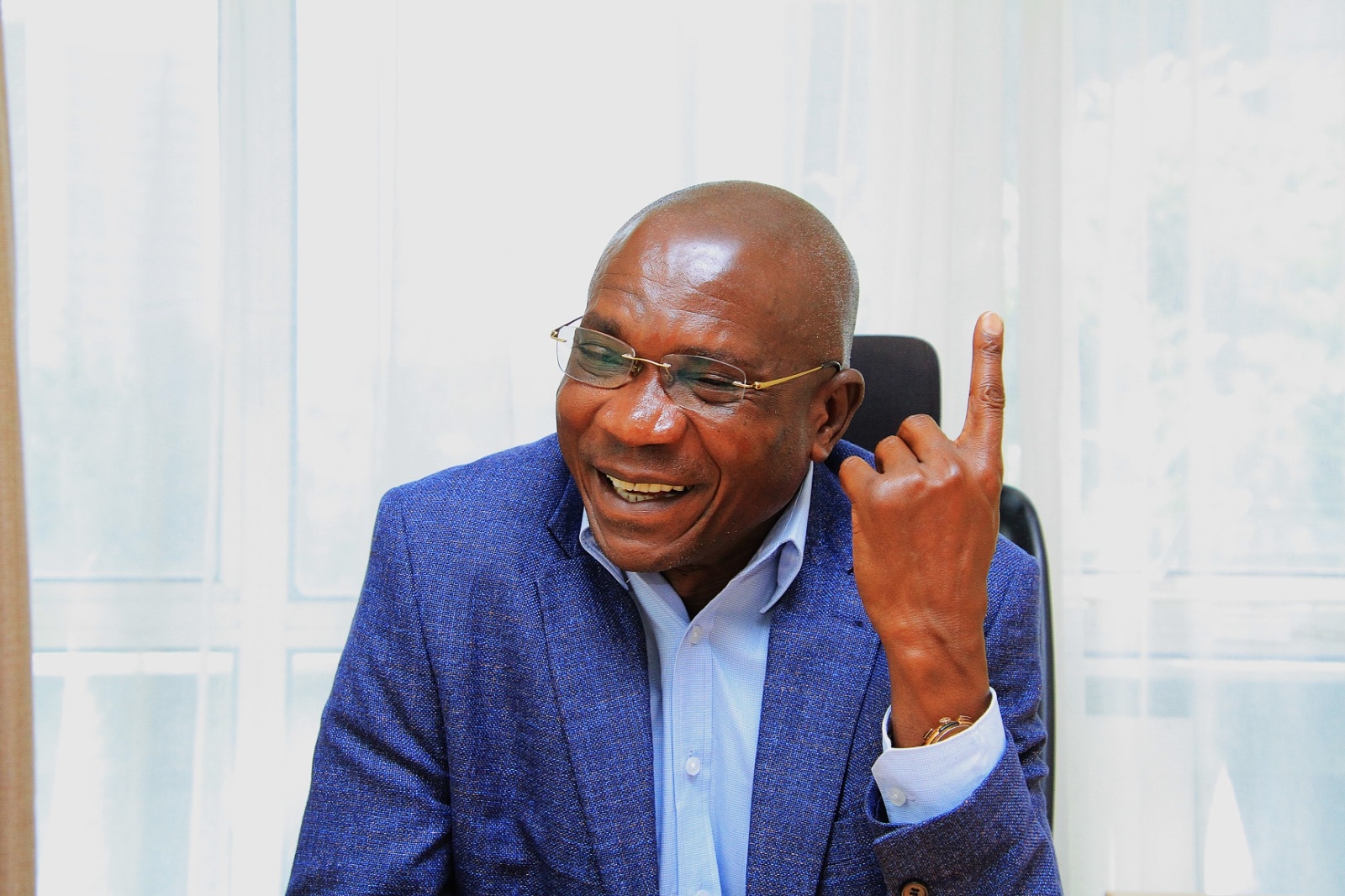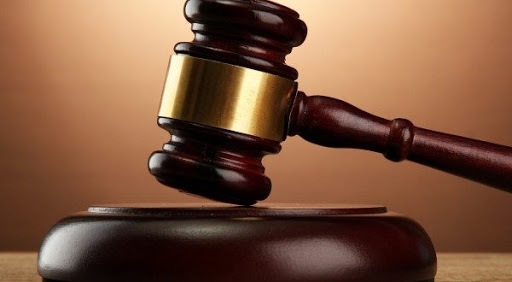When LDP leader Raila Odinga said Kibaki tosha in 2002, it was understood by all involved that his MoU with Narc presidential candidate and now retired President Mwai Kibaki would be implemented.
As part of that implementation, Raila was poised to become prime minister.
That did not come to pass. Instead, we had the showdown between Kibaki and Raila forces, which scuttled Kibaki’s plan to impose constitutional reforms that Raila and those behind him did not believe went far enough.
This led to the emergence of ODM as a dominant party, which objective people cannot disagree it floored Kibaki’s PNU in the 2007 general election. What ensued after that election were the darkest days of Kenya’s history and we can all agree never again.
In the 2013 showdown pitting TNA’s Uhuru Kenyatta and Raila of Cord, I contest there was a winner of 50%+1 of the vote, and as I have said repeatedly, had there been a run-off as it should have been the case, Uhuru would have cleanly won.
This is because Raila simply did not have the kind of campaign structure and execution he did in 2007 and there were individuals who let him down either intentionally or otherwise.
Aware of this, those who do the vote counting decided to do away with holding a run-off, as they, too, were surprised at how badly Cord performed, given the high expectations.
That fate was sealed when the Supreme Court under then led by Chief Justice Willy Mutunga tossed Raila’s petition and that of AfriCOG. It was the Supreme Court’s worst decision and will remain so but even so, it is unlikely Raila would have won in a run-off.
The Supreme Court decision only served to deepen the divide in the country. In 2017, the Supreme Court redeemed itself through the historic nullification of the presidential election, this time under the leadership of now retired Chief Justice David Maraga.
Raila pulled out of the re-run ordered by the Supreme Court, saying the flawed election system was in place, and it would have been an exercise in futility were he to participate.
Uhuru went on to cruise to a second term but under circumstances that put the country on a brink of being broken apart, with Raila supporters calling for secession.
This effort was preceded by the swearing-in of Raila as the “people’s president,” a move many did not support given its implications.
Breaking up the country on these grounds would have been a terrible thing and so the powers that be prevailed upon Uhuru and Raila to find a resolution of the crisis short of what many Raila supporters wanted.
It is for that reason that we had the historic handshake of March 9, 2018 between Uhuru and Raila.
The handshake stabilized and continues to hold the country together.
Though dead for now, there is every expectation the BBI will be revived in the next administration for the Supreme Court only took issue with how the initiative was pursued and not its substance of it. In fact, the Supreme Court agreed with Uhuru and Raila in five of the seven points on appeal.
Raila has now put in place a coalition of parties that is destined to sweep the country come August 9. There cannot be a more befitting and apt outcome to cap Raila’s journey than to see him being sworn as the fifth president.
It will be his moment, finally.
Samuel Omwenga is a legal analyst and political commentator













